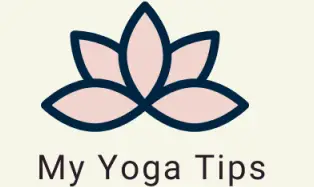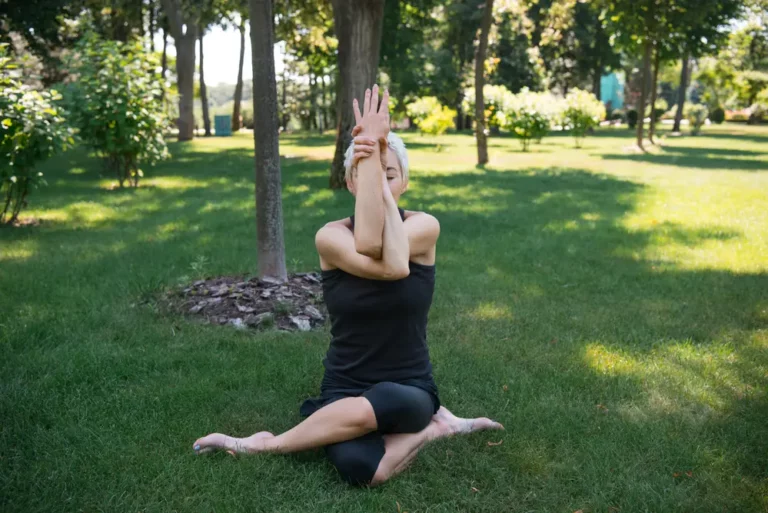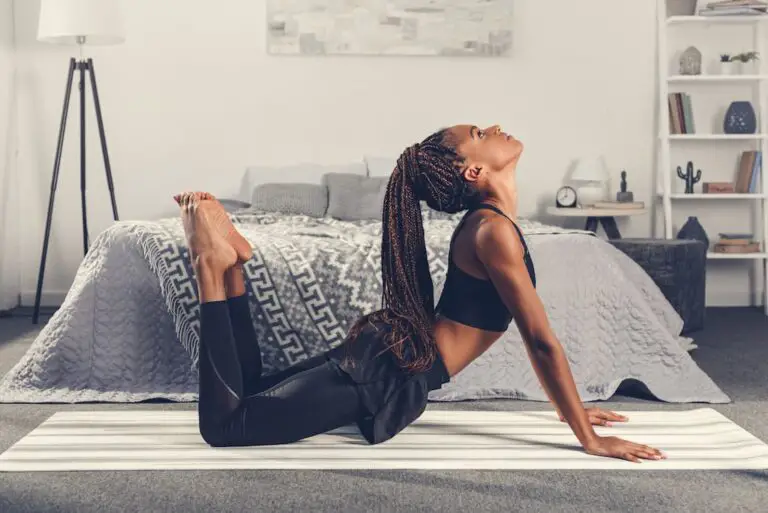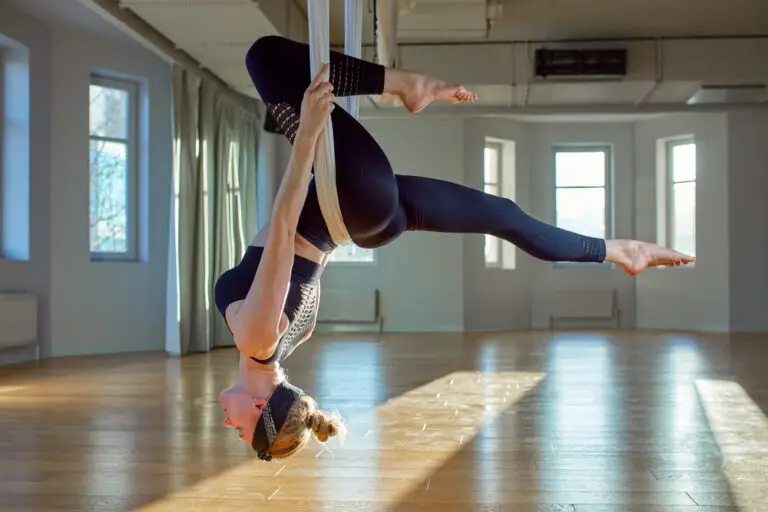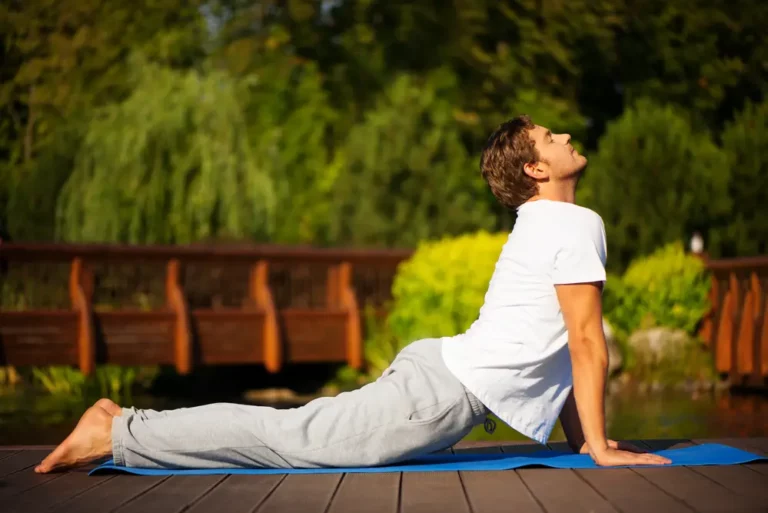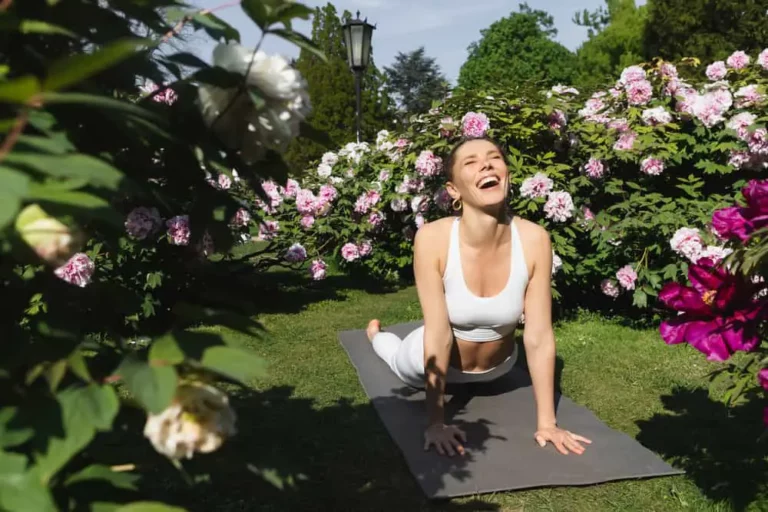Yoga Vs. Power Yoga: 6 Differences You Must Know
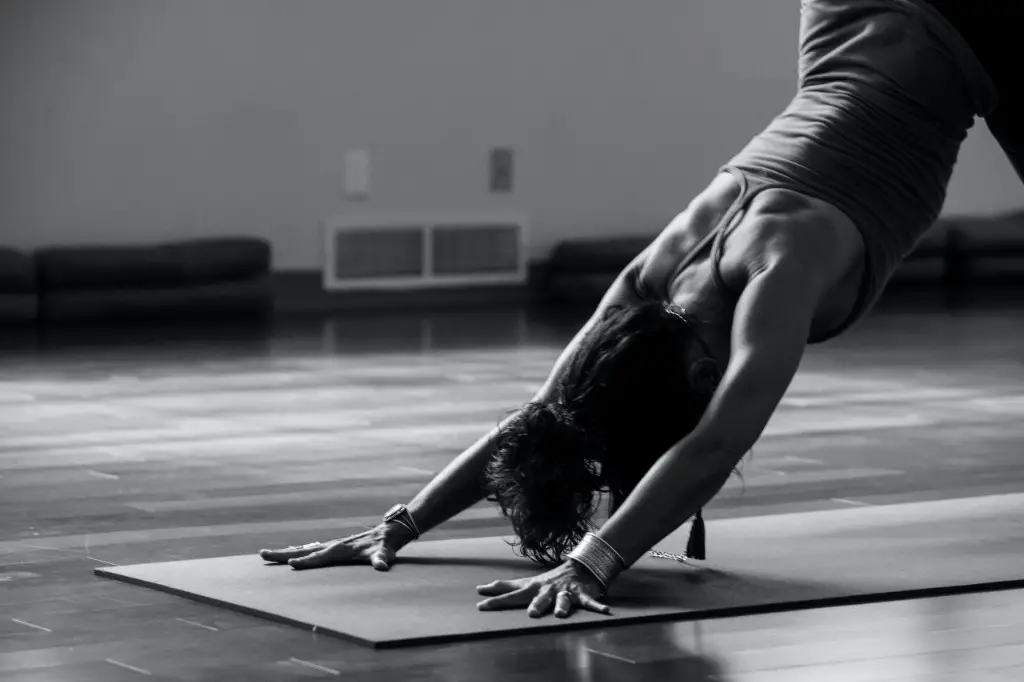
Yoga and power yoga are both a form of physical activities working on the muscles in your body. However, these two activities have some essential differences that set them apart. Are you unsure about what the differences are between yoga and power yoga?
The purpose of yoga is to build strength, harmony, and awareness in your mind and body. Power yoga is more dynamic than traditional yoga, it is done faster, more intensely, and the focus is more on building muscle strength instead of meditation. Power yoga teachers have more flexibility in postures.
Now that you are familiar with the principles of yoga and power yoga, you might be wondering what the primary differences are between these two activities. Keep reading with us as we discuss seven primary differences in the world of yoga and power yoga!
1. Yoga And Power Yoga Speed Of Practice
One of the most significant and distinguishable differences between yoga and power yoga is how fast it is practiced. When performing yoga, you move at a slow pace and proceed with your body parts with extreme caution while still focusing on maintaining a constant flow and structured rhythm.
On the other hand, power yoga is carried out at a faster pace than regular yoga. Although power yoga also follows a steady and organized flow with rhythmical exercise, it is performed with speed. Body parts are moved faster in order to enhance and achieve physical fitness.
2. Yoga And Power Yoga Point Of Focus
Movements in yoga are slow and can be correctly supervised while making sure they adhere to the specificity of the position.
However, the movements are fast when it comes to power yoga, making it difficult for the person to focus on the specific position and keep it intact. Hence, power yoga focuses on your body movement more than it does on the positions.
3. Yoga And Power Yoga Mental Stability
If you want to try to practice yoga thoroughly, you need to be very disciplined. Your movements have to be slow while maintaining a rhythmical and steady posture.
Your involvement needs to be constant to attain higher mental stability, which is the whole focus point of yoga.
Because power yoga contains such rapid movements, it means that you have to concentrate on your actions instead of your mentality.
Power yoga has no contribution to mental calmness. It simply makes you fitter.
4. Yoga And Power Yoga General Stability
Another big difference between these two comes from the general stability of your body. Practicing yoga offers external as well as the internal balance of almost every muscle in your body. Internal stability involves making your internal organs fit white external stability consists of toning and strengthening your body.
Where power yoga will not offer you any external or internal stability, it will just help you stabilize the cardio output. Practicing power yoga causes a consistent blood flow circulation and ensures that the blood reaches all of your organs.
5. Yoga And Power Yoga Participation
The best part of yoga is that you can perform it all yourself. The membership of yoga is open to any individual because the exercises can range from easy, to moderate, to severe, and some of them can be carried out with ease.
You can even practice yoga if you have medical complications or illnesses. Yoga involves numerous simple steps that help an individual to improve her or his breathing process. Additionally, you don’t need any supervision when practicing the art of yoga.
This is a bit different when it comes to power yoga, where it is a physical exercise that can be seen as complicated and requires constant supervision. This makes some individuals unable to practice power yoga, especially those with medical complications.
For example, power yoga can not be done by pregnant women.
6. Yoga And Power Yoga Healthy Benefits
Since power yoga is such a physically demanding activity, it is much more enjoyable and tolerable for those who are fit, such as sportsmen and athletes.
Power yoga enthusiasts say that power yoga enhances their flexibility, stamina, and general focus to them. Like any other type of physical activity, power yoga relieves all of the unwanted tension in your body, and the sweating that comes with it helps to release harmful toxins.
It is also believed that power yoga improves your posture and can help those who struggle with spine and back problems by reconstructing their bone structure.
However, teachers of traditional yoga are believed to be more on the holistic side, and they more or less dislike power yoga. Theyargue that it is acommercialization of yoga that is used to make money out of people who think doing yoga is a way of life.
A lot of conducted studies have shown that yoga has tremendous advantages, such as lower blood pressure levels, lowered cholesterol, increased cardiovascular circulation. Some studies have shown that yoga can even help in de-clogging blocked arteries.
It is also believed that yoga helps menopausal women who suffer from mood swings and insomnia by practicing poses that massage the hypothalamus, pituitary, and thyroid glands.
Along with yoga being an effective aid in helping to relieve stress and anxiety and lowering blood pressure, power yoga is most beneficial for losing weight.
The asanas of power yoga also help to improve your stamina and overall endurance while still helping you to strengthen and tone your desired muscles.
Although there haven’t been any conclusive studies or tests that can prove that power yoga is as beneficial as yoga, it can only be seen as logical to think that power yoga can have the same, if not more, benefits to your health as it is more physical exercise than yoga.
Read this article about 8 Yoga Tips For Beginners
Conclusion
Now that you are aware of the seven main differences between yoga and power yoga, you will have a breeze when you try to determine which one is right for you.
It is advised to start with yoga as a beginner and work yourself up as you get more and more comfortable with the different poses and exercises.
